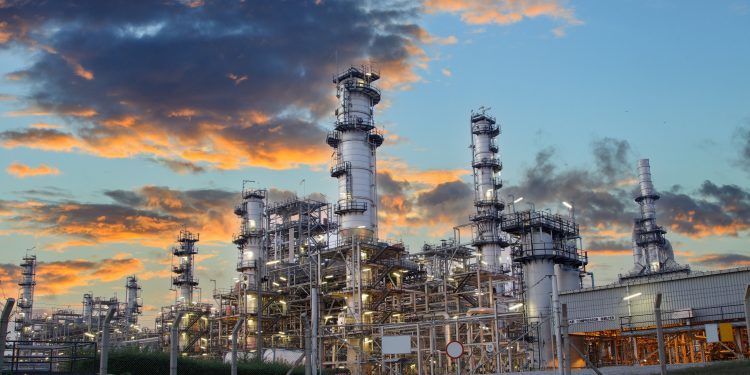Saudi Arabia’s natural gas production is set to increase by 4% in 2025, driven by major projects like Jafurah Phase 1 and Tanajib. The International Energy Agency (IEA) reports that Jafurah Phase 1 will contribute 2 billion cubic meters annually, while Tanajib will add 27 billion cubic meters per year.
Saudi Aramco estimates the Jafurah gas field holds significant resources, including 229 trillion cubic feet of raw gas. In July 2024, they secured $25 billion for further development.
In 2024, Saudi Arabia’s gas production grew by 2%, thanks to expansions at the Hawiyah Gas Plant and the South Ghawar project. The Hawiyah Gas Storage facility also commenced operations, supporting the Kingdom’s shift towards a gas and renewables mix for electricity.
Regional Outlook
The Middle East is expected to boost natural gas production by over 20 bcm between 2023 and 2025. Oman anticipates a 3% growth in 2025, while Qatar’s production declined by 2% in 2024 due to reduced domestic demand and increased solar power use. Iran’s production growth remains modest.
Natural gas is increasingly replacing oil in the region’s power generation, driven by policy changes and market dynamics. This trend is prominent in countries like Iran, Iraq, Kuwait, and Saudi Arabia.
Global Outlook
Globally, the IEA predicts tight gas markets through 2025, with demand surpassing supply growth. Geopolitical risks add to this challenge. Despite expanded international cooperation, further efforts are needed to ensure secure gas supplies.
The World Bank expects global gas consumption to return to pre-pandemic levels by 2026, with the Asia-Pacific, Middle East, and Eurasia leading growth. However, geopolitical tensions and competition for LNG could impact future market dynamics.
In 2024, global gas demand rose by 2.8%, but the IEA forecasts slower growth below 2% in 2025, primarily driven by Asia.


